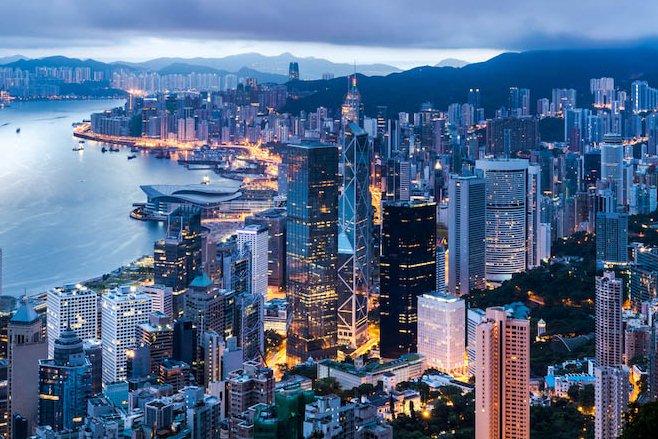Southeast Asia tourism opens late but recovers positively
2022 could be the year when the Southeast Asian tourism industry really recovers, with all the support and effort it has now.
Tourism is one of the industries hardest hit by the Covid-19 pandemic. Border closures, travel restrictions and social distancing measures have taken a toll on the smokeless industry, particularly in Southeast Asia. Before the pandemic, the tourism industry contributed about 12% of ASEAN’s GDP ($393 billion). Tourism provides millions of people with income, both directly and indirectly. The tourism industry plays an important role as it employs 16 million people.
Currently, Southeast Asian tourism has revived when countries opened up together. For example, Vietnam open to tourism entirely from March 15, Singapore from April 1, similar to Thailand, Philippines, Malaysia and Indonesia.

Tourists in Thailand. Image: Iam Anupong/iStock
According to Visa research, tourists now tend to go to safe destinations and ensure epidemic prevention, even if Covid-19 is tending to be considered an endemic disease. The study also found that travelers tend to book rooms closer to the travel date than before the pandemic. In addition, more and more people choose to travel domestically.
Google’s statistics show that Indonesia increased the number of domestic tourists by 40% from August to September 2021 compared to the same period in 2020. The Airbnb application survey showed that 57.6% of Asian tourists – The Pacific plans to spend more money on domestic tourism, of which in Malaysia this figure is 66.7%, in Thailand it is 65.3%.
Travelers in Southeast Asia also seek to reach rural, low-population areas, avoiding popular tourist destinations. Nearly 60% of Thai tourists plan to visit places in the countryside that were not popular with tourists before. Hotels tend to develop sustainable and environmentally friendly tourism. Among them, the trend work (both working and traveling) also contributed significantly to revitalizing the tourism industry. The trend of traveling with friends and family also increased sharply when after the pandemic, many people treasured the moments with loved ones more.
The adoption of technology also contributes to the growth of the tourism industry. As the pandemic impacts habits, airlines are adopting technology for booking platforms, contactless payment interfaces, and check-in processes. Malaysia’s Kuala Lumpur International Airport plans to introduce facial recognition technology, allowing travelers to pass through every airport check-in gate without presenting their boarding pass at any of the touchpoints. Digital adoption is helping to reshape the story of sustainable tourism development.
Opening later than many regions in the world, Southeast Asia’s tourism industry is changing with many positive signals. To help revive the tourism industry, governments in the region have been supporting this difficult industry. At the height of the pandemic, Vietnamese airlines and travel agencies slashed prices by 50% or more to attract people to fly, to resorts and restaurants. In Indonesia, the company RedDoorz cooperated with the Ministry of Tourism and Economy to support a vaccination campaign for more than 700,000 people across the country. Private companies work together to find ways to support public health in an effort to accelerate tourism recovery.
loyalty (According to Business Time)
at Blogtuan.info – Source: vnexpress.net – Read the original article here



